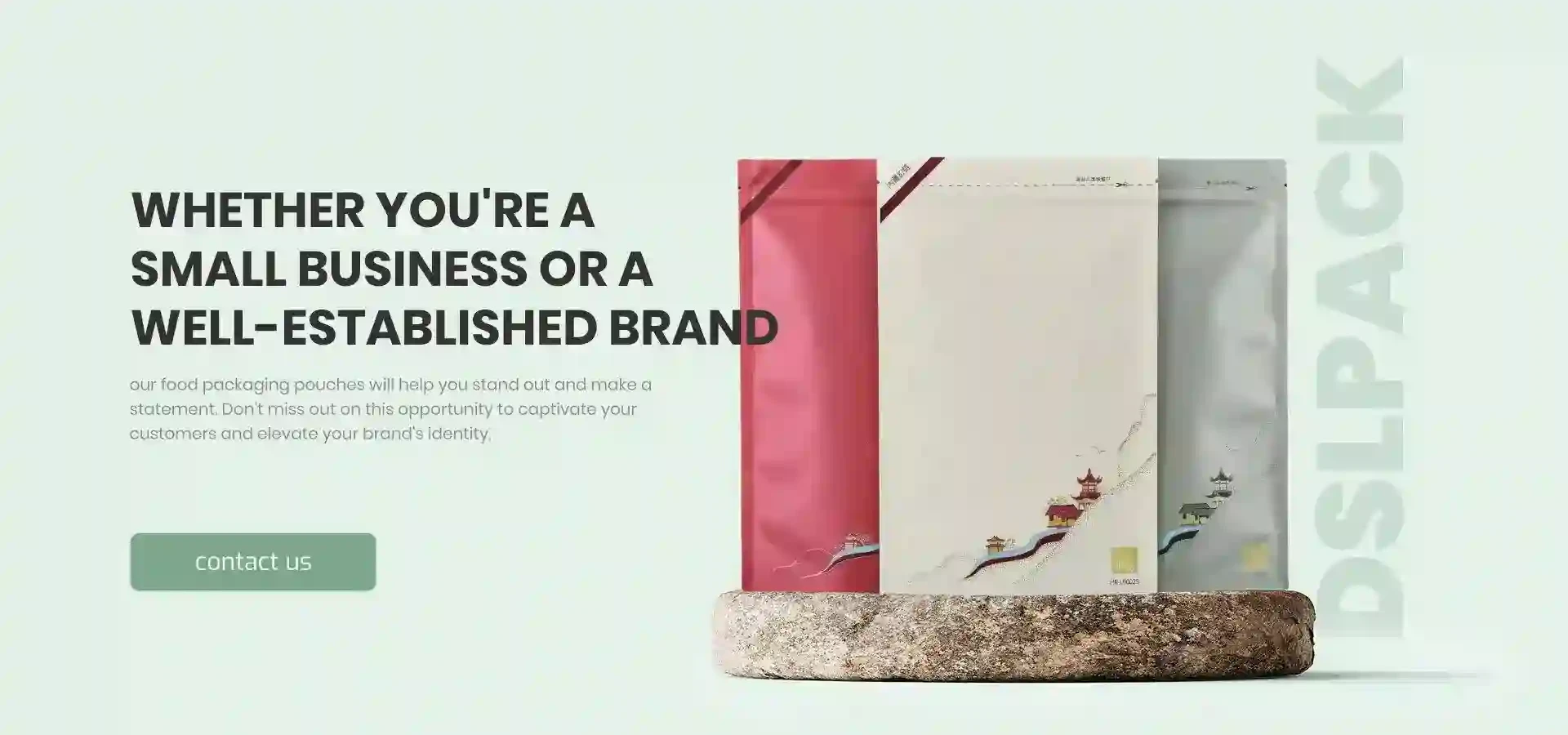- Afrikaans
- Albanian
- Amharic
- Arabic
- Armenian
- Azerbaijani
- Basque
- Belarusian
- Bengali
- Bosnian
- Bulgarian
- Catalan
- Cebuano
- chinese_simplified
- chinese_traditional
- Corsican
- Croatian
- Czech
- Danish
- Dutch
- English
- Esperanto
- Estonian
- Finnish
- French
- Frisian
- Galician
- Georgian
- German
- Greek
- Gujarati
- haitian_creole
- hausa
- hawaiian
- Hebrew
- Hindi
- Miao
- Hungarian
- Icelandic
- igbo
- Indonesian
- irish
- Italian
- Japanese
- Javanese
- Kannada
- kazakh
- Khmer
- Rwandese
- Korean
- Kurdish
- Kyrgyz
- Lao
- Latin
- Latvian
- Lithuanian
- Luxembourgish
- Macedonian
- Malgashi
- Malay
- Malayalam
- Maltese
- Maori
- Marathi
- Mongolian
- Myanmar
- Nepali
- Norwegian
- Norwegian
- Occitan
- Pashto
- Persian
- Polish
- Portuguese
- Punjabi
- Romanian
- Russian
- Samoan
- scottish-gaelic
- Serbian
- Sesotho
- Shona
- Sindhi
- Sinhala
- Slovak
- Slovenian
- Somali
- Spanish
- Sundanese
- Swahili
- Swedish
- Tagalog
- Tajik
- Tamil
- Tatar
- Telugu
- Thai
- Turkish
- Turkmen
- Ukrainian
- Urdu
- Uighur
- Uzbek
- Vietnamese
- Welsh
- Bantu
- Yiddish
- Yoruba
- Zulu
Exploring the Benefits and Applications of PLA Lactic Acid in Sustainable Materials
Understanding PLA (Polylactic Acid) A Sustainable Biopolymer
Polylactic Acid (PLA) is a biodegradable and bioactive thermoplastic aliphatic polyester derived from renewable resources, primarily corn starch or sugarcane. As environmental concerns intensify and the demand for sustainable materials grows, PLA has emerged as a promising alternative to traditional petroleum-based plastics. In this article, we will explore the properties, applications, advantages, and challenges of PLA, shedding light on why it plays a crucial role in the push towards sustainability.
Properties of PLA
PLA is known for its favorable properties that make it an excellent choice for various applications. It is a clear, colorless polymer that exhibits good transparency, making it attractive for packaging purposes. Its mechanical properties, such as tensile strength and flexibility, also make it suitable for both rigid and flexible applications. PLA has a relatively low melting temperature, typically around 160-180°C, which allows for easy processing through methods such as extrusion and injection molding. Additionally, PLA is compostable under industrial composting conditions, breaking down into natural components, which is a significant advantage over conventional plastics.
Applications of PLA
The applications of PLA are diverse, spanning numerous industries. One of the most prominent uses is in the packaging industry, where it serves as an eco-friendly alternative for single-use items such as cups, cutlery, and food containers. PLA is also widely used in the textile industry to produce biodegradable fibers for clothing and upholstery. In the medical field, PLA is utilized for manufacturing absorbable sutures and drug delivery systems due to its biocompatibility and biodegradability. Furthermore, 3D printing, a rapidly growing sector, has adopted PLA as a primary filament material, prized for its ease of use and environmental advantages.
Advantages of PLA
pla lactic acid

The benefits of using PLA are manifold. Firstly, being derived from renewable resources, PLA production significantly reduces reliance on fossil fuels and helps mitigate greenhouse gas emissions. This feature positions PLA as a critical player in the transition to a circular economy. Secondly, PLA's biodegradability means that it can help alleviate the global plastic waste crisis when disposed of correctly. Unlike traditional plastics, which can take hundreds of years to decompose, PLA can break down within months in industrial composting facilities.
Moreover, PLA has a lower carbon footprint during production compared to conventional plastics, adding to its appeal as a sustainable material. The ability to easily modify its properties through copolymerization allows researchers and manufacturers to develop specialized versions of PLA suited for particular applications, further enhancing its versatility.
Challenges of PLA
Despite its many advantages, PLA does face challenges that need to be addressed. One primary concern is its thermal stability; PLA can degrade at high temperatures, limiting its applications in environments where heat resistance is crucial. Additionally, while PLA is compostable, the infrastructure for industrial composting is still limited in various regions, which can hinder its effective disposal. Moreover, the competition for agricultural resources used in PLA production raises concerns regarding food availability and environmental impact.
Conclusion
Polylactic Acid represents a significant advancement in the development of sustainable materials. Its renewable origins, compostability, and versatility make it an attractive alternative to traditional plastics in a variety of applications. However, addressing the challenges surrounding its thermal properties, composting infrastructure, and agricultural resource allocation is essential for the broader adoption of PLA. As we move towards a more sustainable future, continued research and innovation in biopolymers like PLA will be vital in creating a balanced coexistence between industrial needs and environmental preservation. By leveraging the advantages of PLA and working to overcome its limitations, we can pave the way for a more sustainable and eco-friendly world.













